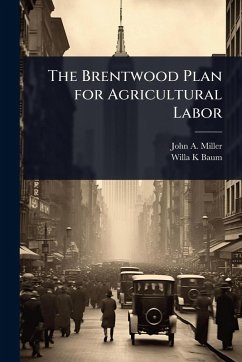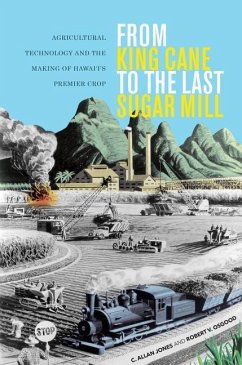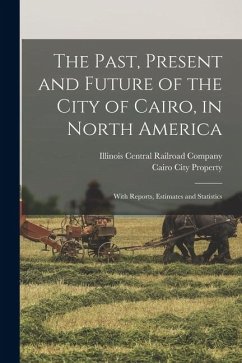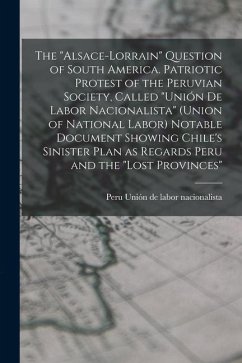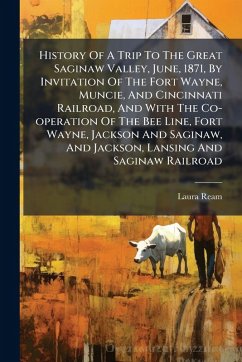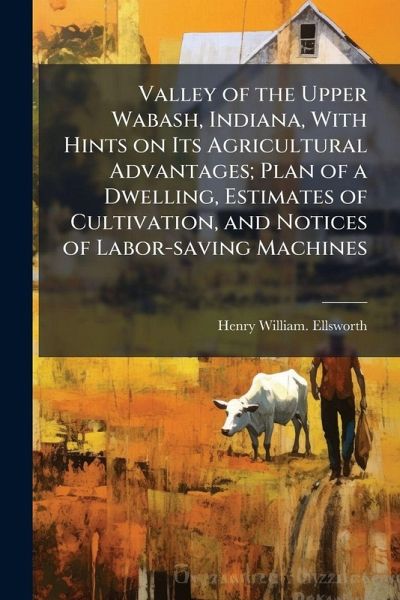
Valley of the Upper Wabash, Indiana, With Hints on Its Agricultural Advantages; Plan of a Dwelling, Estimates of Cultivation, and Notices of Labor-saving Machines
Versandkostenfrei!
Versandfertig in über 4 Wochen
20,99 €
inkl. MwSt.
Weitere Ausgaben:

PAYBACK Punkte
10 °P sammeln!
"Valley of the Upper Wabash, Indiana" offers a fascinating glimpse into the agricultural potential and opportunities for settlement in the early 19th-century Midwest. Written by Henry William Ellsworth and published in 1838, this volume provides valuable insights into the advantages of the Wabash Valley for prospective farmers and settlers. The book details agricultural techniques, suitable crops, and the overall allure of the region. Ellsworth includes practical advice on building a dwelling, estimates for cultivation costs, and descriptions of labor-saving machines available at the time. Thi...
"Valley of the Upper Wabash, Indiana" offers a fascinating glimpse into the agricultural potential and opportunities for settlement in the early 19th-century Midwest. Written by Henry William Ellsworth and published in 1838, this volume provides valuable insights into the advantages of the Wabash Valley for prospective farmers and settlers. The book details agricultural techniques, suitable crops, and the overall allure of the region. Ellsworth includes practical advice on building a dwelling, estimates for cultivation costs, and descriptions of labor-saving machines available at the time. This historical account captures the spirit of westward expansion and the drive to cultivate new territories, making it a compelling read for anyone interested in the history of American agriculture, pioneer life, and the development of the Midwest. It provides a snapshot of a pivotal era in American history and offers enduring lessons about land use, technology, and the challenges of establishing new communities. This work has been selected by scholars as being culturally important, and is part of the knowledge base of civilization as we know it. This work was reproduced from the original artifact, and remains as true to the original work as possible. Therefore, you will see the original copyright references, library stamps (as most of these works have been housed in our most important libraries around the world), and other notations in the work. This work is in the public domain in the United States of America, and possibly other nations. Within the United States, you may freely copy and distribute this work, as no entity (individual or corporate) has a copyright on the body of the work. As a reproduction of a historical artifact, this work may contain missing or blurred pages, poor pictures, errant marks, etc. Scholars believe, and we concur, that this work is important enough to be preserved, reproduced, and made generally available to the public. We appreciate your support of the preservation process, and thank you for being an important part of keeping this knowledge alive and relevant.



